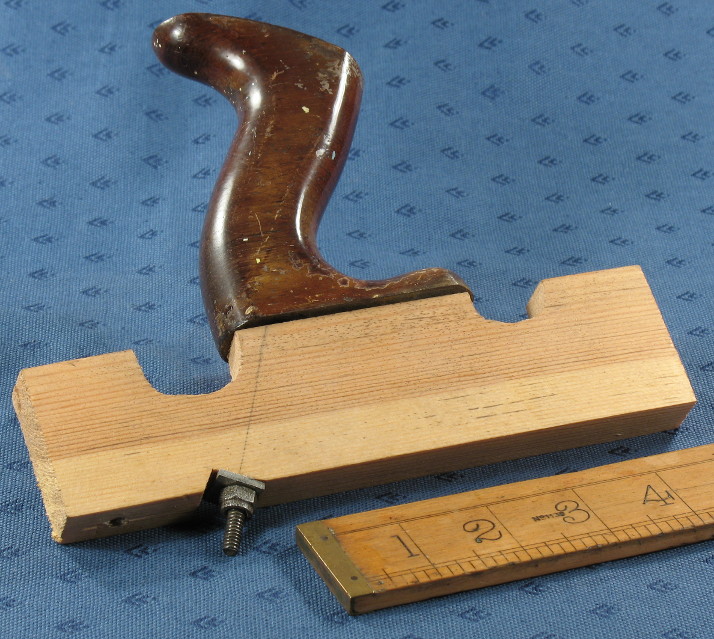Well, let's get rid of the remaining 4 photos:
So, the knob (the one on the left is the one from the Stanley):

And the trouble with positioning my - let's say it again - smallish hand:


Finally, the small clearance or transverse concavity of the sole; the photo shows the square just in front of the mouth; I "measured" it indirectly, by comparing the light with the one I got from my electronic digital caliper. Not very accurate maybe, but that was as good as I coud get it. Gave me about .02mm (two undredths of a mm). Is that flat enough, or should I do something about it?
I suspect this plane is going to mean more work than I expected! Well, after all I am retired and need some sort of entertainment...
So, the knob (the one on the left is the one from the Stanley):

And the trouble with positioning my - let's say it again - smallish hand:


Finally, the small clearance or transverse concavity of the sole; the photo shows the square just in front of the mouth; I "measured" it indirectly, by comparing the light with the one I got from my electronic digital caliper. Not very accurate maybe, but that was as good as I coud get it. Gave me about .02mm (two undredths of a mm). Is that flat enough, or should I do something about it?
I suspect this plane is going to mean more work than I expected! Well, after all I am retired and need some sort of entertainment...







































